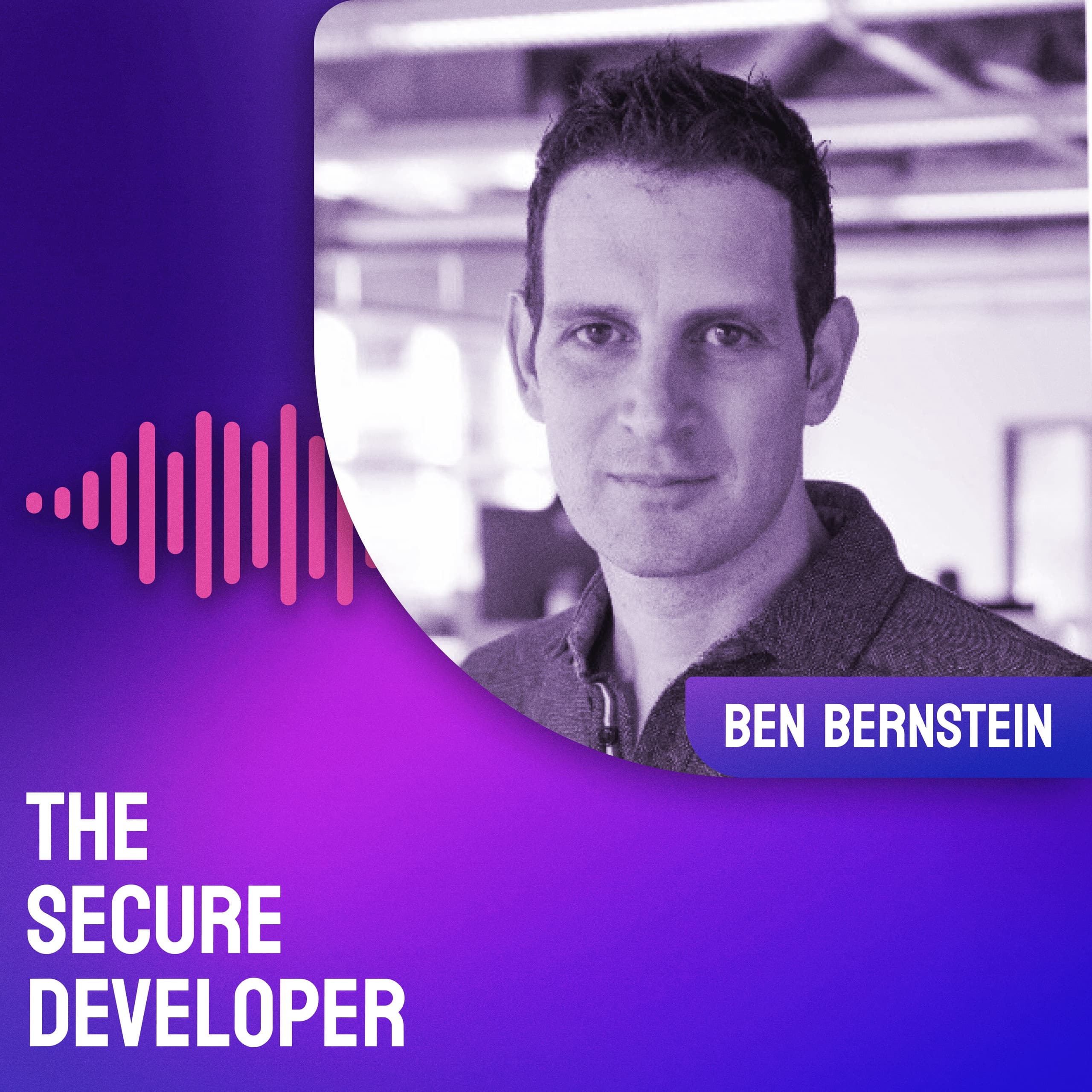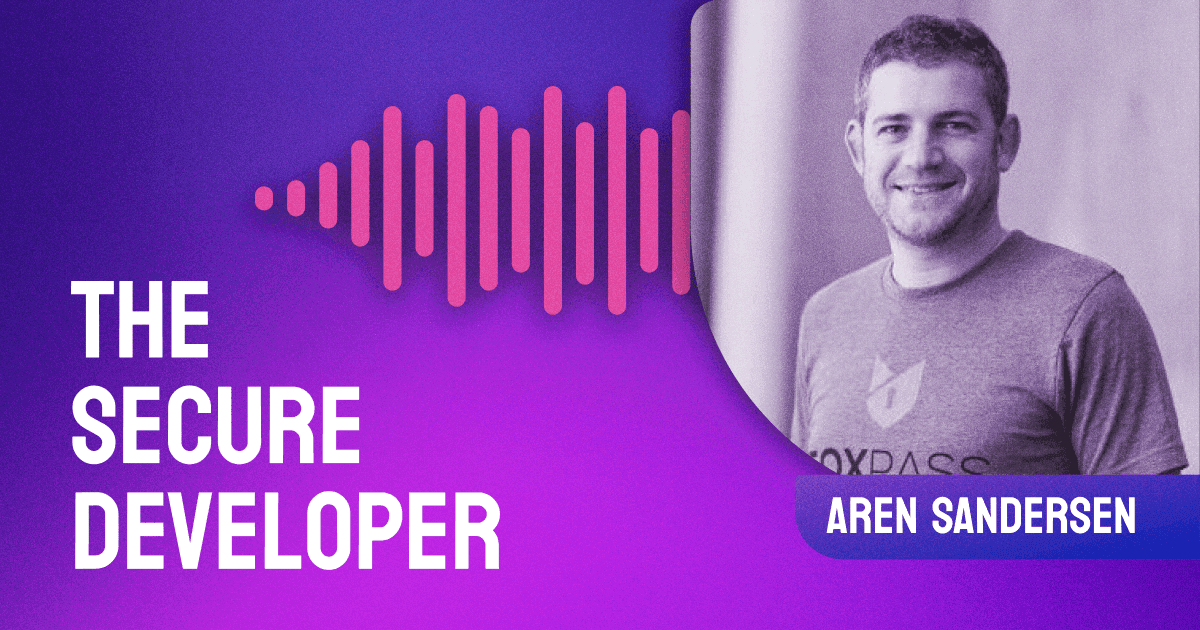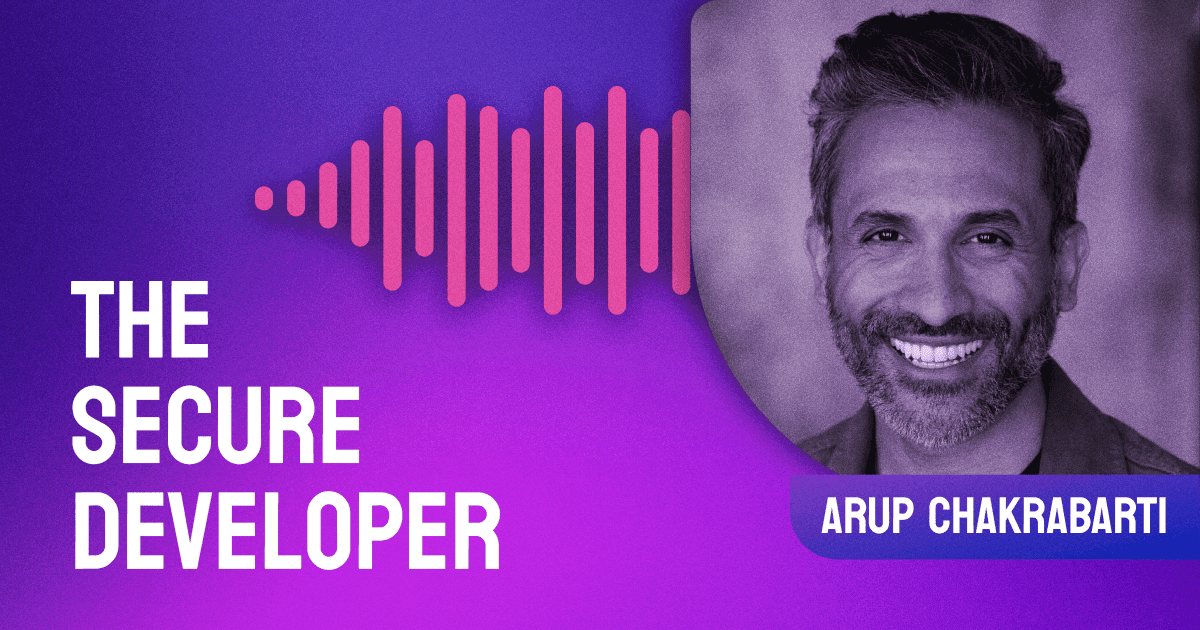In this episode of The Secure Developer, Ben Bernstein from Twistlock joins Guy to discuss container security. Are you currently using containers, or thinking about moving to containers in your stack? You won’t want to miss this episode.
With containers, developers control the entire stack. While empowering to developers, this can also open up new security vulnerabilities. Ben and Guy discuss the tools and processes you’ll need to put in place to ensure your containers are compliant and secure.
The post Ep. #7, Understanding Container Security appeared first on Heavybit.





